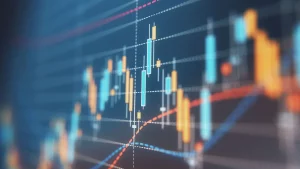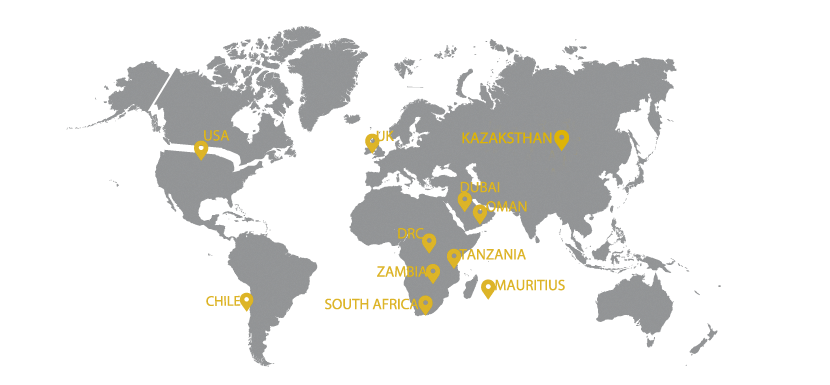
Volatility is normal in commodities markets. But energy and commodities companies, including utilities, industrial firms, and trading houses, are now dealing with higher frequency of extreme events. They face four big fundamental changes in the markets.
First, energy markets in particular are becoming more globally interconnected. For example, LNG prices are increasingly connecting major global gas markets to each other1. Similarly, European power and gas trading hubs are increasingly correlated from north to south and west to east, progressively transforming what used to be to a collection of local trading hubs into a more regional market.
Second, markets are trading in real time more than ever; for example, power and gas can now trade in slots of only 10 minutes in a number countries compared with daily a few years ago. As a result, companies are rolling out new intraday trading teams and algorithmic models to cope with this new market structure.
Third, markets are more and more automated; day-ahead and intraday power and gas trades are increasingly the result of automated algorithms rather than human intervention, employing similar techniques used in equity and fixed-income markets.
Fourth, the energy and wider environmental transition is giving rise to new commodities (for example, biofuels, renewables guarantees of origin certificates, lithium, and cobalt). These commodities, while initially traded on a bilateral basis, very quickly evolve into over-the-counter (OTC) trading markets with limited liquidity that require strong price risk management.
At the same time, commodity trading has become much more competitive. For example, big industrial companies that purchase large volumes of power and gas are setting up trading desks to procure these products directly on wholesale markets. Energy companies are also expanding across multiple commodities. Oil and gas companies are developing power and carbon emissions trading desks, increasing competition with utilities. New, independent companies are trading power and gas as a service for smaller-scale producers or buyers. Other niche players are also trading new commodities such as biofuels and carbon certificates.
What can energy and commodities firms do to stay ahead of the competition? Five developments are allowing industry leaders to create new sources of value:
- expanding into rapidly growing niche commodity markets
- launching trading-as-a-service offerings
- deploying advanced analytics to automate short-term intraday trading
- rolling out the next level of performance management to optimize risk capital allocation
- adopting best-in-class trade-to-cash processes
The first three levers focus on promoting growth in trading; the last two describe fresh approaches to drive efficiency. Heads of trading business units and chief commercial officers should actively pursue these levers to sustain margin growth in light of strong competition and rapidly evolving markets.
Signup with Minexs and get the best advice for your next investment.


